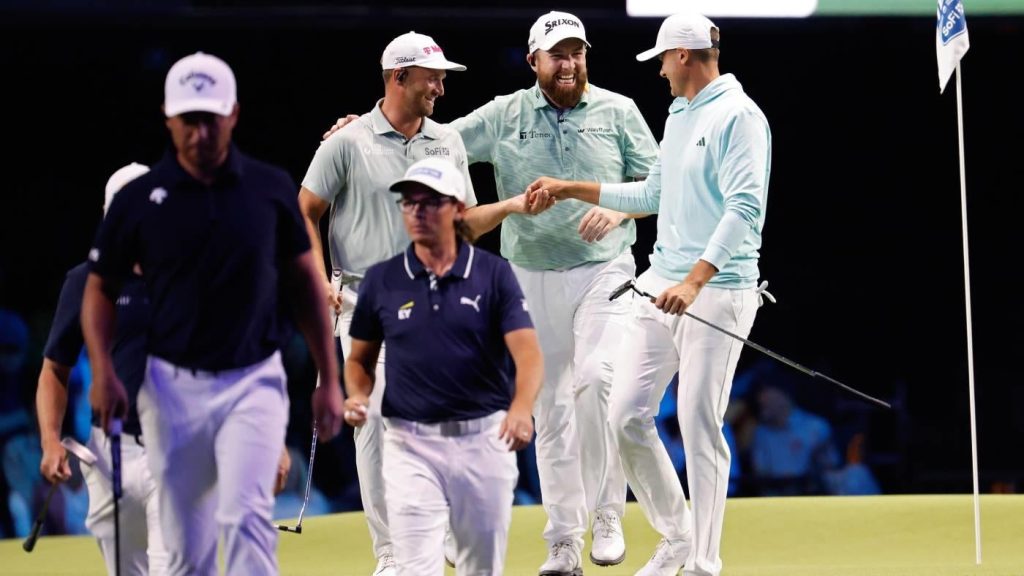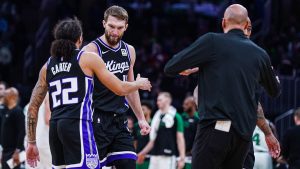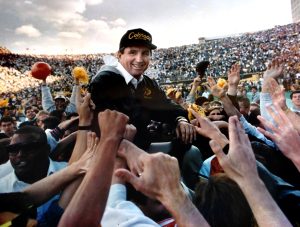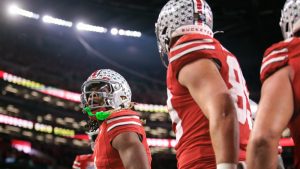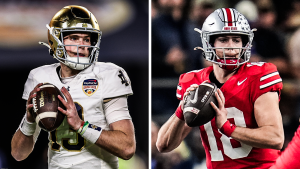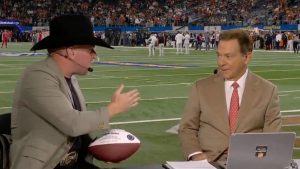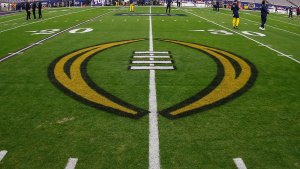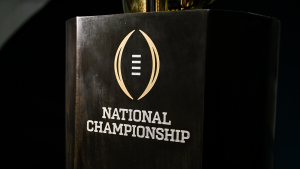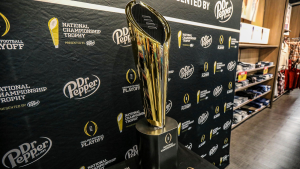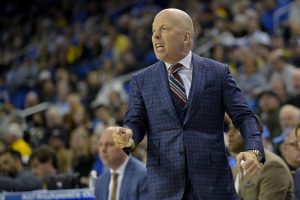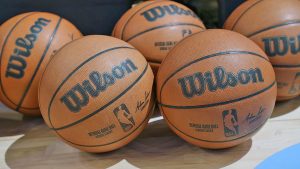The newest iteration of non-tour gol debuted Tuesday night in Florida, and initial reviews are positive but mixed
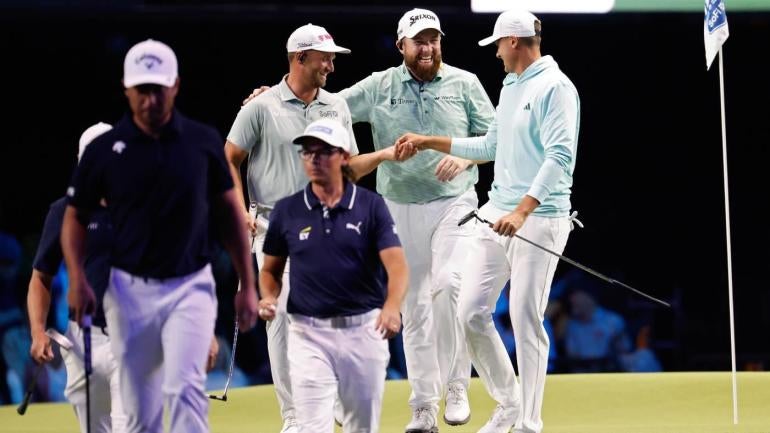
The first-ever TGL golf match is officially in the books … and it was officially a blowout. Wyndham Clark, Shane Lowry and Ludvig Åberg of The Bay Golf Club took it to Xander Schauffele, Rickie Fowler and Matt Fitzpatrick of New York Golf Club to the tune of 9 to 2 for a resounding win at the SoFi Center in Palm Beach Gardens, Florida.
The Bay won the first nine-hole session of 3 vs. 3 alternate shot (Triples) 6 to 1 before holding serve in the second session of head-to-head matchups (Singles) 3 to 1, thus winning the 15-hole match with ease. All matches go the full length since season-long points factor into a potential year-end tiebreaker.
“It’s absolutely amazing to see this come to fruition,” TGL co-founder Rory McIlroy said on the ESPN broadcast. “It’s incredible … when the players really get into it, hopefully the audience at home can see that as well.”
The start of the night began in atypical fashion as players walked through a tunnel and into the arena to their music of choice. Player introductions were blared over the venue speakers, the league referee was given a round of applause, and handshakes were exchanged between the two teams.
After the pageantry subsided, play began with Lowry striking the first full shot in league history — well, after he had to go back to his golf bag as he initially forgot a tee. The Bay got on the board early thanks to a birdie from the blade of Åberg, who quickly emerged as the team’s most valuable player.
While Åberg let his play do the talking, Clark was the one to pull the strings. The former U.S. Open champion threw the hammer — a mechanism that doubles the point total of any hole — on the third before rolling in an 8-foot putt to secure two more points. With Lowry serving as the ultimate hype man, they were off and running.
The Bay continued to pile up points due to some great shots from its team and some poor shots from New York’s Fowler and Fitzpatrick, who struggled at times both into the simulator screen and around the green. Only a few holes later was the match officially wrapped up as Clark made birdie and Fitzpatrick settled for par on the par-4 11th hole dubbed “Alpine.”
“It’s not traditional golf,” league co-founder Tiger Woods said. “But it is golf.”
1. It’s fast … really fast
The first comment from those who witnessed preseason matches before Tuesday night often related to the timing of the matches. With a 40-second shot clock in play, players did not have time to overthink full-swing shots, step off yardages and utilize AimPoint on the greens like in a typical tournament setting. Instead, it was check the yardage, take a quick glance from behind the ball and pull the trigger.
It was refreshing and looked much more like how the average weekend warrior may go about their round (apart from the quality of golf shots). Players never really threatened a shot-clock violation, but once the clock dipped below 15 seconds, it emitted a heartbeat sound through the speakers that absolutely added a layer of pressure.
2. Short-game shots are not easy
Tiger made the point that players are used to the same greens with the same breaks for the entirety of a week on the PGA Tour. With the green rotating and changing slopes in between holes, players are going to have a bit more difficulty reading them. That rang true for most of match as, outside Åberg’s 32-foot birdie conversion, there was not much celebrating on the greens.
Around the greens proved tricky as well as players tried to adapt from real grass to turf. Early on there were some poor shots from the cut-off areas and the greenside bunkers, but Fitzpatrick hit a pearl late. Unfortunately, it was too late for his side.
3. Less is more
The easiest parallel one will draw from the TGL is to “The Match” series that has included the likes of Woods, McIlroy, Phil Mickelson, Bryson DeChambeau and a slew of celebrities during its 10-event run. This has since been reimagined into a ill-received “Showdown,” but the problem with those events is that they aim to do too much when it comes to player banter.
To the TGL’s credit, they could not do that because there was not enough time between shots. Instead, the show leaned on the broadcast desk and authentic conversations between players as they wore microphones the whole match. There does not need to be someone asking questions to these players — oftentimes, the best moments are the ones when they are just being themselves.
4. It’s not for everyone
Golf group chats were popping off (which is always a better barometer than social media), and reactions were mixed. Some of my younger friends liked the fast-paced nature of the competition, while those in my Sunday group were ready to turn off the program after seeing the first couple of holes. Both sides have merit. It will be interesting to see what the reaction is like in late February after the initial shine has worn off and Rory and Tiger’s first matches are in the books.
5. It’s not perfect
This is to be expected in a first go-around. The main bugaboo early in the competition was the lack of down-the-line camera angles. Players would strike full-swing shots into the simulator screen, and the camera would immediately pan to their face and the end of a shot trail leaving viewers to wonder about shot shape. The fairways and greens were also soft and receptive in the simulator, which should be able to be modified.
That’s an easy fix, but what to do with the crowd could become an issue if interest wanes. There was electricity in the first hour, but that dissipated as the match became noncompetitive. It’s not something that is controllable, but it adds a lot to the production as crowd noise — cheers and boos alike — sounds much better than background music.
